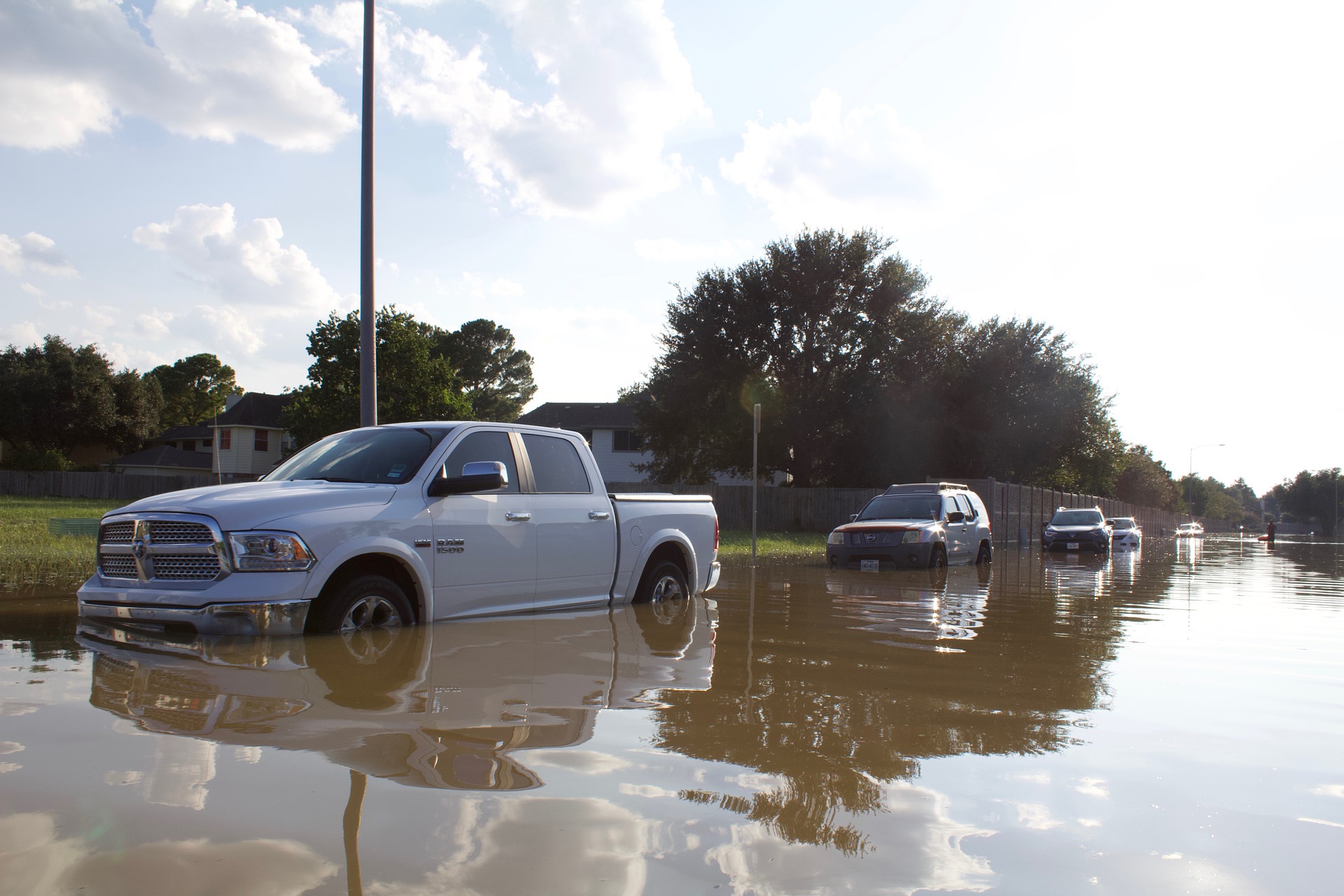Texas plans multi-billion dollar project to protect its coast from hurricanes
State and federal agencies are currently in the planning stages for a huge system of seawalls, floodgates and levees, inspired by the Netherlands’ pioneering 20th-century sea defences.
A
vast coastal barrier project for the state of Texas, inspired by similar multi-faceted defences in the Netherlands, is entering the planning stages after more than a decade of disagreements and frustration.
The US Army Corps of Engineers and the Texas General Land Office are currently engaging in public consultation on plans for a 50- to 60-mile barrier incorporating seawalls, dunes, floodgates and levees in the Houston-Galveston region on the Gulf of Mexico. Projected to cost $12-15bn, the measures form part of a wider $32 billion coastal-protection plan currently in search of funding.
Harvey’s legacy
After Hurricane Harvey inundated Houston in August 2017, Harris County voters last year agreed to an increase in property taxes to raise a $2.5bn bond measure that will unlock billions more in federal matching funding for flood-protection schemes on the state’s coast. As well as millions of residents living in low-lying areas, the region also contains the US’s largest petrochemical complex.
It could represent a sea change for Texas towards more pre-emptive, European-style thinking. “The United States as a policy has relied on recovery instead of protection,” Bill Merrell, an oceanographer at Texas A&M University, told the Guardian last year. “The Europeans typically haven’t, they’ve been much more into protection. And recovery has just gotten too expensive.”
Instead of reacting to natural disasters after they happen, Merrell has long advocated for Dutch-style flood defences that block storm surges at the coast with an assortment of infrastructure.
He first proposed the idea of an “Ike Dike” after the eponymous hurricane of September 2008. Inspired by visits to the Netherlands, this included the possibility of levees topped with sand dunes to bulwark the Houston-Galveston coastline and a system of floodgates to prevent water surging up the Houston Ship Channel.

The aftermath of Hurricane Harvey. Image by Andrewtheshrew/Pixabay
Netherland’s so-called Delta Works – a system of dikes, dams and surge barriers assembled in the latter half of last century – have been dubbed one of the “seven wonders of the modern world” by the American Society of Civil Engineers. Most impressive is Rotterdam’s flood barrier, Maeslantkering, which is one of the largest moving structures in the world.
No Dutch citizen has died because of flooding since 1953’s devastating North Sea Flood, which spurred the country to strength its sea defences.
New plans
Merrell’s far-reaching solution for Texas has been slow to gain political support. But the damage wreaked by Hurricane Harvey – which killed 68 people and was responsible for over $100bn in economic losses – has underlined the urgency of taking proactive action. Harvey made landfall 200 miles away from Houston, but a future direct hit on the city could cause major disruption across the US: the ship channel produces 13% of the nation’s gasoline.
“We can’t rely on near misses and hopes to defend the coast,” Texas Land Commissioner George P Bush told the Texas Tribune. “At least for my time here, I’m going to be focused on this and I’m not going to rely upon another storm to try to get funding. I’m going to do what I can within my power.”
The new plans – recently revised on consultations with beachfront residents worried that a scaled-down version would not protect their homes – strongly resemble Merrell’s original “Ike Dike” scheme. Such a turnaround would be somewhat ironic for a state whose economy rests on the oil and gas sector deemed to be responsible for climate change.
Complexity ahead
But the project faces significant obstacles. Inland Texas counties less affected by the prospect of flooding must show willingness to contribute the state financing necessary to unlock the billions in federal aid required. So far, Congress has only committed $3.9bn to the reinforcement of existing sea defences and limited levee construction.
Environmentalists also remain yet to be convinced that storm-surge barriers would not interfere with the delicate freshwater-saltwater interplay crucial to the Galveston Bay ecosystem. That possibility, though, is arguably better than the potential pollution timebomb posed by the thousands of industrial storage tanks bordering Houston Ship Channel.
There is also concern that the Dutch model might be insufficient for the south-east United States, which unlike the Netherlands, experiences regular hurricane activity.
The need for robust long-term planning is underlined by neighbouring state Louisiana’s strategy in the wake of Hurricane Katrina: in April, it was revealed that $14bn worth of flooding infrastructure built following the disaster could be obsolete by as soon as 2023, because of sea-level rises.
The Texas coastline defence project is due to be finalised in 2021 after the completion of public consultation. An optimistic delivery date for what will potentially be the US’s largest public engineering project of the 21st century is 2035 at the earliest – though the complex funding arrangements will likely push that date back.
The ideas presented in this article aim to inspire adaptation action – they are the views of the author and do not necessarily reflect those of the Global Center on Adaptation.